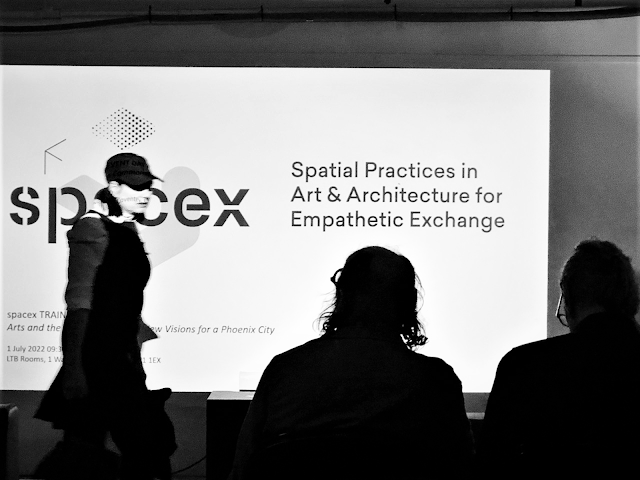Cultural Mega-Event, City Centre South and the Destruction of Coventry
Venue: LTB Showrooms, Coventry. July 1, 2022
Below is a synopsis of my talk entitled: Cultural Mega-Event, City Centre South and the Destruction of Coventry.
Synopsis
“The English don’t do that, they apologise for it and say - okay it’s all rather shabby, let’s knock it down and build a new one.” - Jeremy and Caroline Gould, Coventry Telegraph, March 2016
In April 2021, only a month prior to the postponed launch of Coventry City of Culture, Coventry City Council gave green light to the City Centre South; a 15-acre (6.4 ha.) urban intervention in the heart of Coventry. Designed by Chapman Taylor architects for the Shearer Property Group; the £360m scheme was described as ‘a tragedy’, ‘total disgrace’, ‘absolute vandalism’ and ‘totally unacceptable’ by scholars and societies including The Coventry Society and The Twentieth Century Society. By virtue of the plan, Coventry will witness the demolition of some of its Modernist heritage including Bull Yard, Shelton Square, Market Way and City Arcade. The characterless, identikit scheme, as aptly put by the architectural historian Louis Campbell, ‘bears no relation to Coventry. It could be Milton Keynes, or Minneapolis, or Magnitogorsk.’ No doubt, the 15-acre site in questions is in desperate need for carefully crafted upgrades, additions and transformations. It is this selfish, top-down, carelessly dull, and purely market-driven, capitalist notion of so-called ‘urban regeneration’ that is problematic. There is a lack of imagination. This is a lack of vision. And yet, it is quite remarkable to see that a cultural mega-event dominating the city within the past year, has failed to address such colossal intervention scheme which tends to determine the fate of city’s future. I would argue that City of Culture, as a cultural instrument, should go beyond an unhealthy exercise of ‘artwashing’ which, as Oli Mould writes, is nothing but ‘the mobilisation of artistic creativity completely devoid of its subjective, complicated and politically-charged context.’ While ‘boosting participation, bolstering the ‘visitor economy’, improving artistic quality’ and simply putting the city on the map, ‘City of Culture’ also needs to critically engage with crucial matters related to the city (in this case creation of a new city centre) through providing platform for urban debates and intellectual discourse, as well as supporting artistic, social and political activism.

